Phase 2 Engagement Summary






• Joint Workshop Session#1—January 18, 2024
• Advisory Committee Meeting #2 —January 25, 2024
• Options for the Future Public Workshop—February 29, 2024
PHASE 2 ENGAGEMENT SUMMARY

Meeting #1
January 18, 2024
PHASE 2 ENGAGEMENT SUMMARY

• Presentation gave a project update, including a recap of 1 engagement results and draft planning themes
• The Priority Decision Tree Group Activity


PHASE 2 ENGAGEMENT SUMMARY

For this activity, members of the planning and city commission, in small groups, ranked the planning themes from highest priority to next highest priority on a priority tree.

The graph shows the average priority ranking of each
the planning principles and the number of times the priority ranked is the

Overall, Quality Growth and Development ranked highest, and
Coordinated Transportation System ranked the lowest.

Meeting #2
January 25, 2024
PHASE 2 ENGAGEMENT SUMMARY

• Presentation gave a project update, including a recap of 1 engagement results and draft planning themes
• The Priority Decision Tree Group Activity
• The Mapping Activity


PHASE 2 ENGAGEMENT SUMMARY

For this activity, members of the advisory committee, in small groups, ranked the planning themes from highest priority to next highest priority on a priority tree.


The scale below shows the average priority ranking of each of the planning principles. On the left, the percentage of times a priority was ranked first by a group is shown, and the percentage of times the priority ranked is the top five.
PROSPEROUS ECONOMY VIBRANT DOWNTOWN STRONG NEIGHBORHOODS
COORDINATED TRANSPORTATION SYSTEM
SUSTAINABLE NATURAL ENVIRONMENT
Do you wish you could have allocated more or less of a particular type of growth?
• More mixed-use

Which of the following influenced where you placed your dots?
• Similar land uses
• Existing corridors
• School capacity or performance

PHASE 2 ENGAGEMENT SUMMARY

Community Workshop #2
February 29, 2024
PHASE 2 ENGAGEMENT SUMMARY

Participants placed dots on a map to represent where they LIVE, where they WORK, and where they RECREATE.

Attendees lived in areas scattered throughout the study area, and some attendees live outside of the study area.
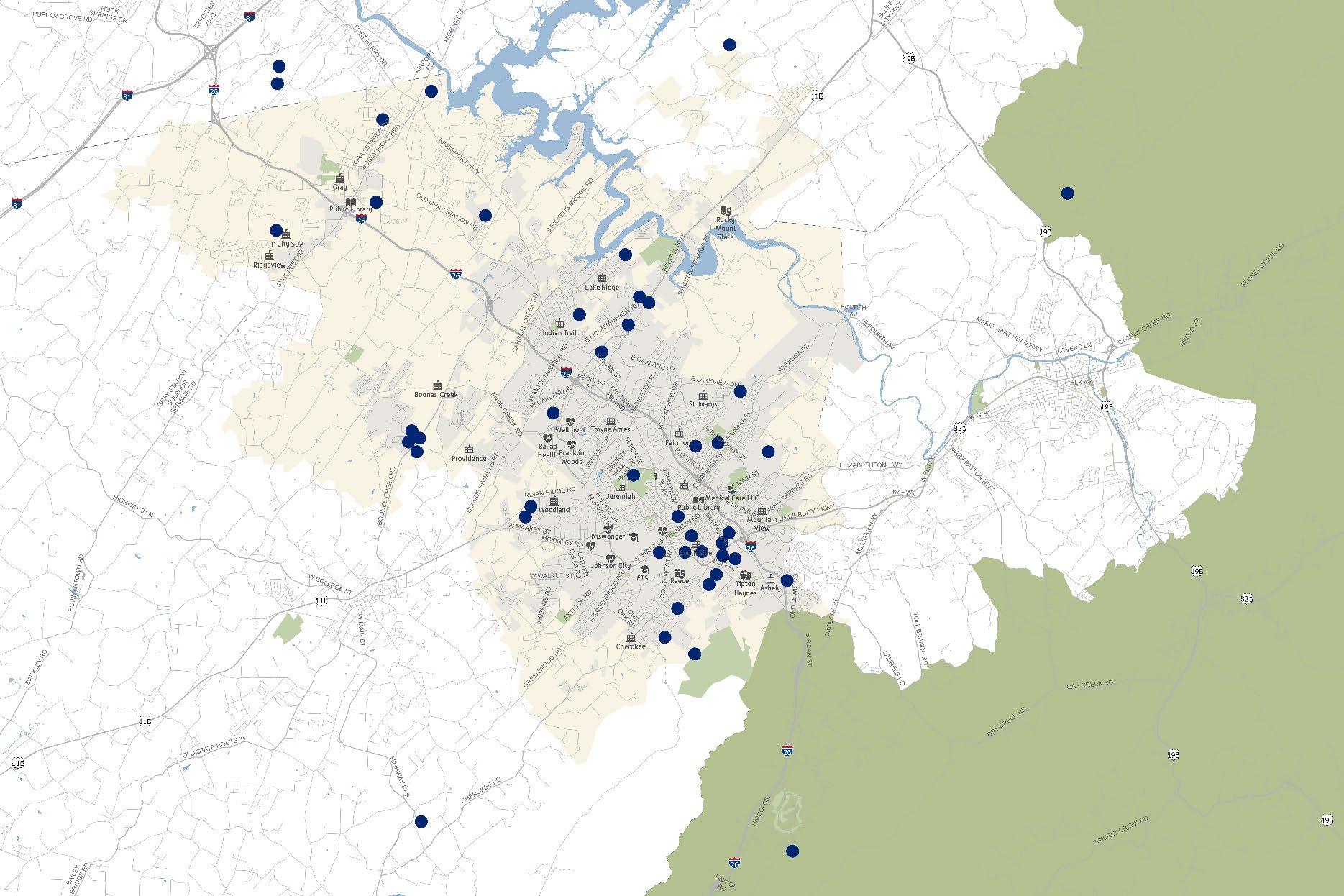

A large number of attendees work in and around downtown. A few work along the I-26 corridor.
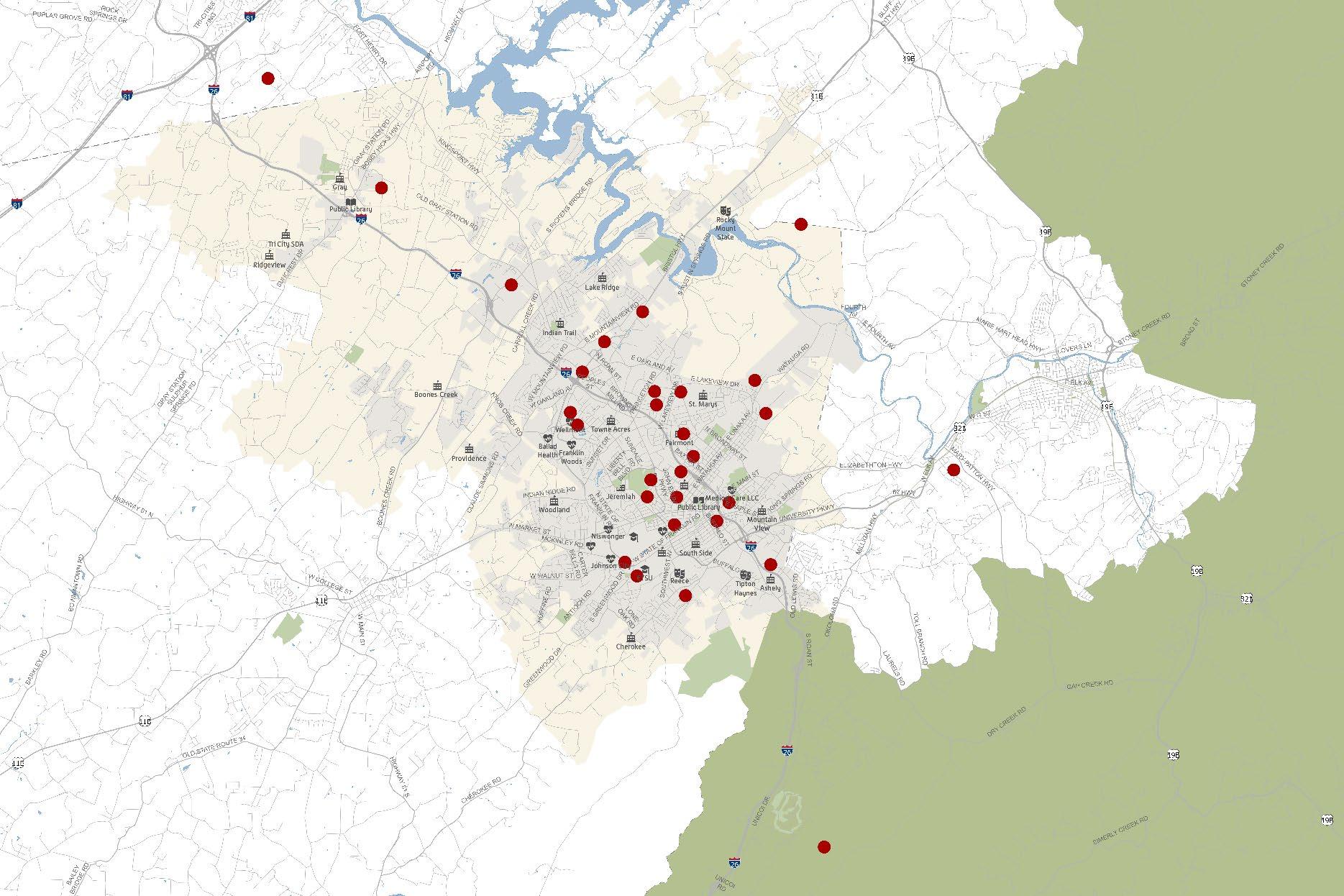
PHASE 2 ENGAGEMENT SUMMARY

Many of the attendees identified areas around downtown for recreation, some identified Buffalo Mountain, and others picked areas such as the ETSU Trail System or Winged Deer Park.

PHASE 2 ENGAGEMENT SUMMARY

Attendees were able to view a series of boards to learn about key takeaways from the first round of community engagement.
PHASE 2 ENGAGEMENT SUMMARY

Four boards summarizing events from the first round of engagement
• Advisory Committee
• Online Engagement
• Public Workshop #1

PHASE 2 ENGAGEMENT SUMMARY

For this activity, attendees had a chance to weigh in on the Horizon 2045 Growth Management Plan guiding statement.
PHASE 2 ENGAGEMENT SUMMARY
I'm happy to see the focus on downtown, outdoor recreation, and responsible growth. I would like to see a focus on equity in housing, transportation, and other future development.



Preserve history + culture while growing to share with others.


Prioritize the existing citizens + businesses while making room for others to join our great city.



Protect the generational farms with drive and feed our community. Build more generational sustainability by doing this.

PHASE 2 ENGAGEMENT SUMMARY

Based in part on feedback from the public, the Advisory Committee, and the Planning Commission, the Guiding Statement was ultimately amended to read as follows.
By 2045, Johnson City will continue to be a regional leader in Northeast Tennessee by being a vibrant, welcoming, and connected community. We celebrate the people, places, and traditions that make our community unique and memorable by supporting strong neighborhoods, maintaining an attractive and dynamic downtown, providing premier public services and amenities, and investing in the local economy. The Horizon 2045: Johnson City Growth Management Plan helps our community to grow in a way that is collaborative and desirable for all.
PHASE 2 ENGAGEMENT SUMMARY

For this activity, attendees ranked a series of eight planning principles on a worksheet.
PHASE 2 ENGAGEMENT SUMMARY

The scale below shows the average priority ranking of each of the planning principles. On the left, the percentage of times a priority was ranked first by a group is shown, and the percentage of times the priority ranked is the top five.
COORDINATED TRANSPORTATION SYSTEM
Based on feedback from the Advisory Committee, First Class Education was added as a planning principle.
Representative street segments were selected based on how well they captured the “typical” design and functionality of the various types of roadways in Johnson City. On the following slides, visuals of each segment are provided. On slide 34, the results of this activity are summarized.

Attendees viewed existing conditions boards for eight representative street segments. On worksheets, they selected their top three concerns for each segment, out of safety, congestion, appearance, walk, bike, and transit.




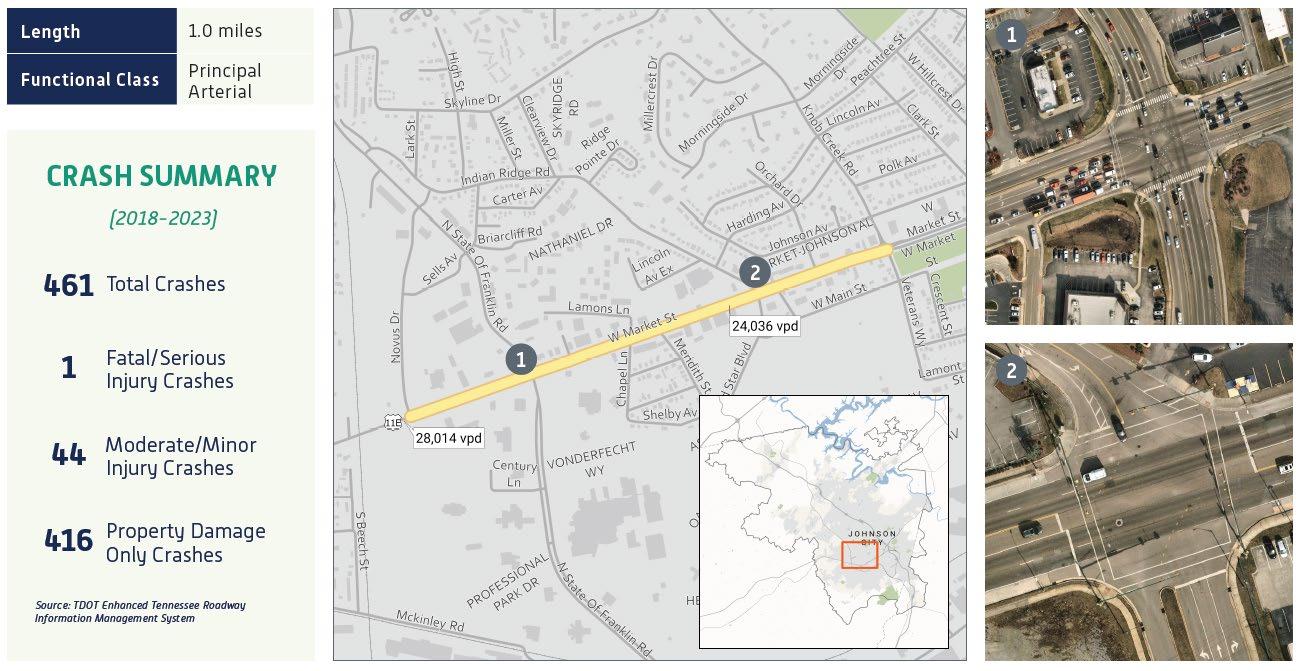




















Thinking about growth as occurring in centers of activity helps to envision where in the city growth is most suitable. Three activity centers were studied—regional, employment, and neighborhood activity centers.

Attendees reviewed descriptions on a board of three different activity centers. After reviewing, participants indicated how much of each activity center scale they would like to see in and indicated on a map where in the study area that scale is preferred.
• Larger in scale and uses more land
• Would be the most intensely developed places outside of Downtown Johnson City
• Needs to be located near major transportation corridors with access to utilities
• Focuses around non-residential anchors (e.g., retail, employment, hospitality, institutional) with higher density residential as a complimentary use
• Provides transitions between more intense development and residential neighborhoods or other low intensity uses
• Often includes different types of parking, such as surface lots and parking decks
• The Mall at Johnson City, TN
• The Pinnacle, Bristol, TN
• Biltmore Park Town Square, Asheville, NC
PHASE 2 ENGAGEMENT SUMMARY





How much Regional Activity Center development would you like to see?
A little A lot

PHASE 2 ENGAGEMENT SUMMARY
• Develops on large sites, often in a campus-like setting
• Uses employment-generating anchors as the primary focus
• Integrates additional service, lodging, and civic uses in support of the anchors
• Includes buildings of various scales to serve specific purposes (e.g., office, retail/dining, lodging)
• Needs transportation accessibility across vehicular, transit, and bike/pedestrian
• Requires infrastructure capacity to support non-residential uses
• Parking types vary depending on the setting
• Johnson City Medical Center, TN
• Forks on the River Industrial Park, Knoxville, TN
• Enka Commerce Park, Asheville, NC

PHASE 2 ENGAGEMENT SUMMARY

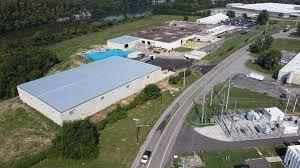


How much Employment Activity Center development would you like to see?
A little A lot
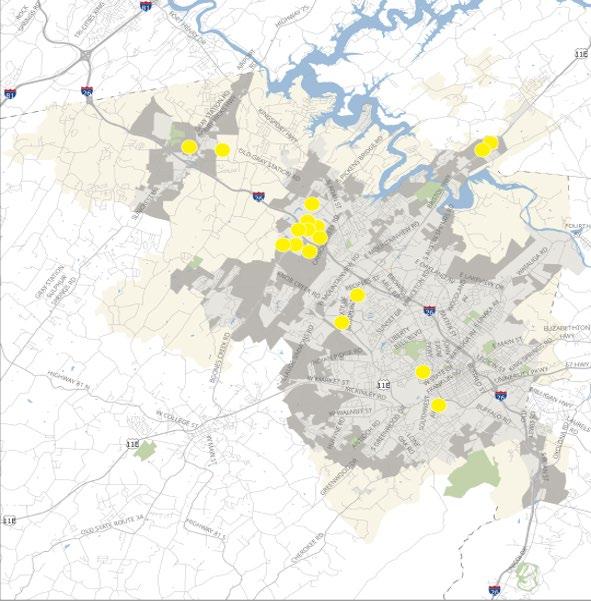
PHASE 2 ENGAGEMENT SUMMARY
• Is smaller in scale compared to other activity centers and may develop organically over time
• Includes anchor uses that address daily needs (grocery stores, pharmacies, etc.)
• Considers surrounding land uses when determining development intensity and scale
• Mixes uses in some cases but often are singular buildings
• Emphasizes connections to surrounding residential areas
• Benefits from transportation options safely accommodate short trips from bicyclists, pedestrians, and motor vehicles
Examples
• Food City Development on North State of Franklin, Johnson City, TN
• Bobby Hicks Highway/Old Gray Station Road, Gray, TN

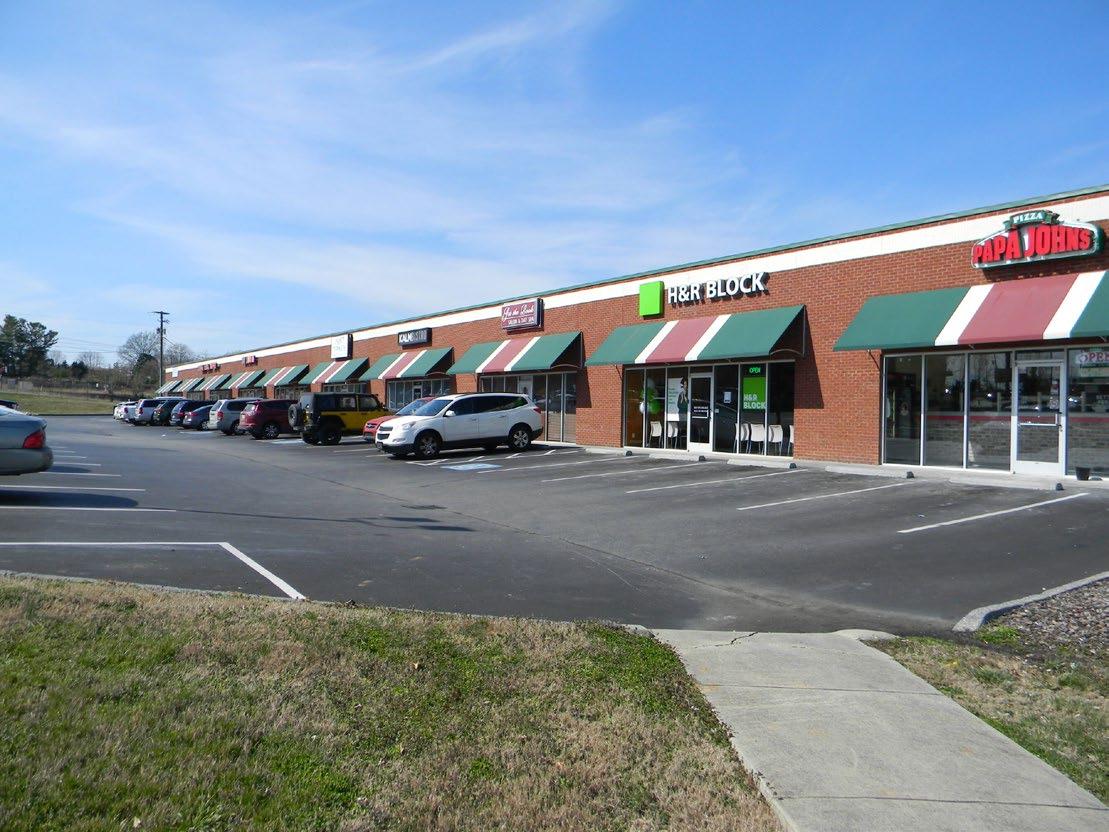


How much Neighborhood Activity Center development would you like to see?
A little A lot
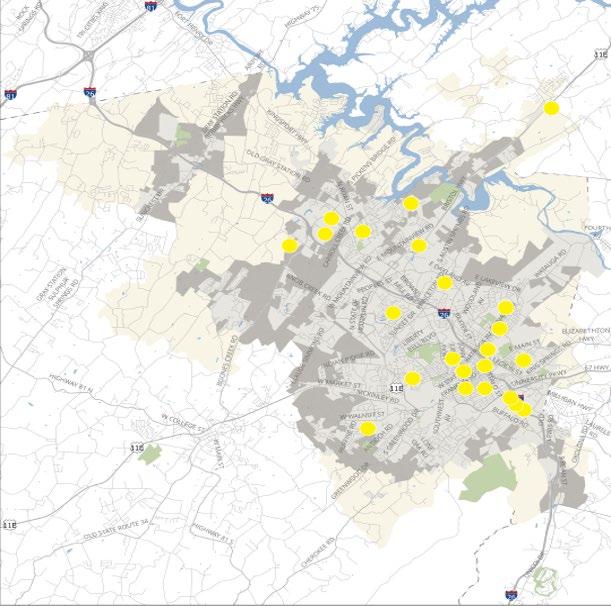
PHASE 2 ENGAGEMENT SUMMARY
How growth ultimately occurs can be guided through a process like the Horizon 2045 Growth Management Plan. It’s important the community has a chance to weigh in on options for how growth can occur, so Horizon 2045 can make recommendations that align with the public’s vision. For this activity, three growth options were proposed—growth centered in the core, growth along corridors, and growth focused in activity centers.

Participants were asked to review three different growth options and provide feedback on what they liked and what they would change about each. Participants were asked to vote on which option they preferred.

Participants voted on which growth option they preferred by placing dots on the growth option they preferred. A total of 53 dots were placed. Of the three options, the Core growth option was preferred by most in-person participants. More details are provided in the following slides.
PHASE 2 ENGAGEMENT SUMMARY
Directs the majority of growth to areas of Johnson City that are already urbanized, most notably the downtown and immediate surrounding areas.

Historic foundation buildings & streets

Walkability, small businesses, green space, lighting

This option was preferred by most participants!
Availability of housing near destinations
Not enough reliable transit


Fast-track process for infill development




Greater shopping and entertainment options




Directs growth along Johnson City’s major roadway corridors that have the ability to move people and goods, today and in the future.


Rezone areas around corridors to allow denser development Preservation of agricultural land


Develops corridors for more affordable housing options Corridors connect distinct places




Fast-track process for infill development


More sidewalks, bike paths/lanes & lighting


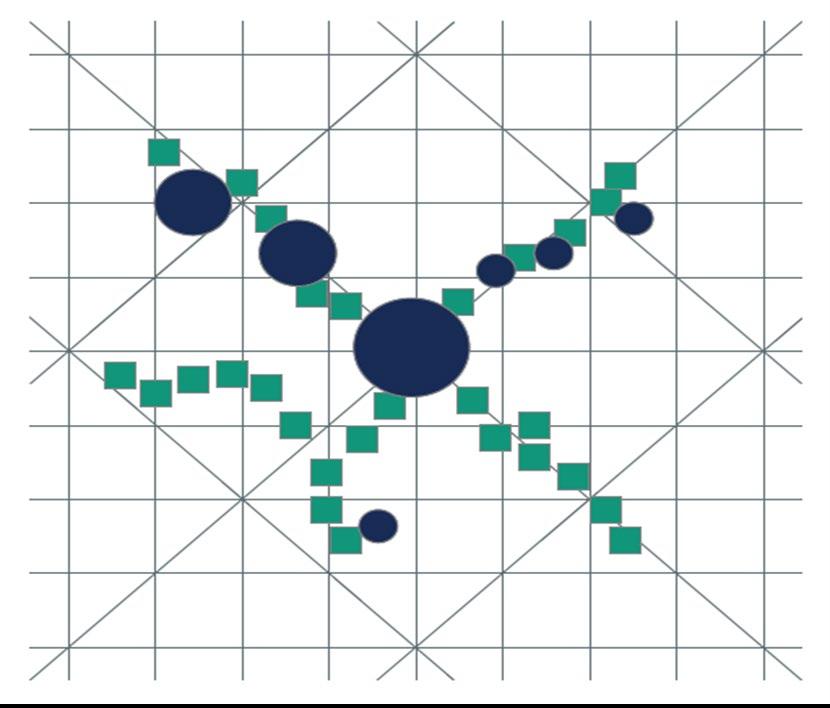
PHASE 2 ENGAGEMENT SUMMARY
Directs growth throughout Johnson City, with new development focused in multiple activity centers that offer a variety of scales and land uses.

Allows growth in areas where clusters already exist
Encourages neighborhoodlevel vitalization
Balance with attention to downtown


Small town feel in a big city





Keep population dense and small centers walkable


More pedestrian paths and greenways


